
Dien Bien Phu, an unmissable stop for all history lovers
- on Feb 17, 2020 By: BN
Located in the rice bowl of North-west Vietnam, Dien Bien Phu is a must-see destination for all history lovers, especially the Indochina War period, and for travellers wishing to take the fantastic North-west loop of Tonkin. A fantastic place which mixes history and culture with the meeting of the Thai people.
The terrible battle of Dien Bien Phu
The Battle of Dien Bien Phu took place from November 20, 1953 to May 7, 1954, it was the longest and deadliest battle of the post-World War II period and marked the end of the French colonial presence in Indochina. After eight years of bloody fighting, the French army, in great difficulty, decided to launch a major offensive and closed access to Laos by setting up an entrenched camp in the rice valley of Dien Bien Phu. But General Vo Nguyen Giap, determined to achieve a decisive victory in order to end a war that had lasted too long, crushed the French army after a terrible battle.

The battle of Dien Bien Phu really began on March 13, 1954 with the assault of the Vietminh against the point of support "Beatrice". The fighting raged for two months. Gradually the Vietminh troops surrounded the French positions whose numbers and equipment became numerically weaker. The final assault was launched on May 1, 1954, and the entrenched camp at Dien Bien Phu fell on May 7, 1954 after 57 days and 57 nights of almost uninterrupted combat.
The losses were heavy. In total, more than 15,000 French soldiers participated in the defence of the camp: more than 3,300 were dead or missing, 10,300 soldiers were taken prisoner, including 4,400 wounded and interned in camps but only 3,300 returned to France. Vietminh side, there were 70,000 combatants, about 8,000 died and 15,000 were injured.
Visit the remains of the battle
If today the canons are silent and the rice valley of Dien Bien Phu has regained its serenity, the site has kept traces of the battle which ended French Indochina and marked throughout the world a process of decolonization. The remains of the battle of Dien Bien Phu are mostly within a limited perimeter, which allows you to visit them in half a day if you do not have much time.

- A1 hill, called "Eliane 2" by the French, was one of the French army's many points of support. This fortified hill was the scene of fierce fighting and today you can see many trenches, military equipment, shell craters and a memorial paying tribute to the Vietnamese soldiers who, at the cost of many losses, captured this strategic point of support.
- Located below A1 hill, you can then visit the Vietnamese military cemetery where hundreds of graves are lined up.

- Just opposite this cemetery is the War Museum, designed in the form of a hat covered with a camouflage net. On 22,000 m², it presents photos, documents, reconstructions, objects and vestiges of the battle organised according to 4 themes: the 9 years of resistance to French colonialism, from September 1945 to May 1954; the course of the battle of Dien Bien Phu; international support for this battle and the impact of Dien Bien Phu's victory on the world.
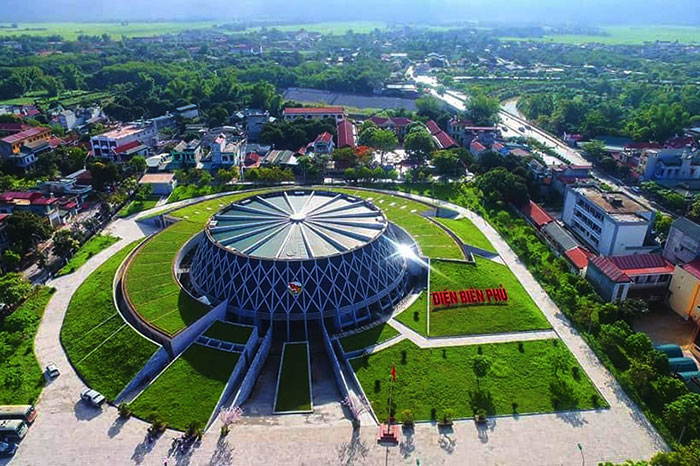
- A few hundred metres from the museum, you can visit the former commanding general De Castrie's headquarters. Measuring 20m long by 8m wide, the HQ includes four rooms that served as both a workplace and a home. It is covered with metal plates and sandbags.
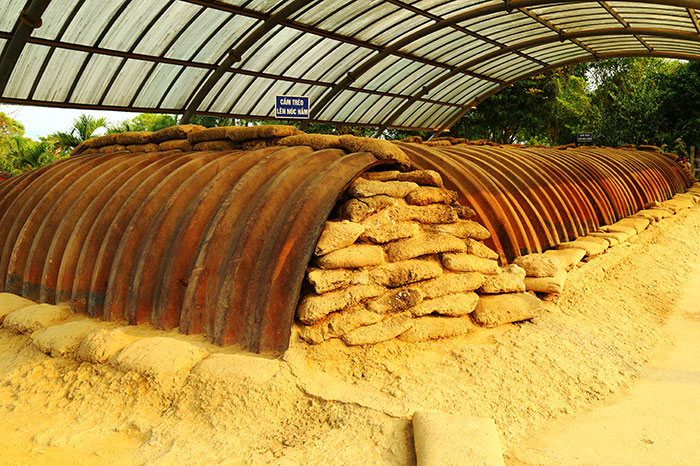
- A little further, you come across a very sober memorial dedicated to the memory of the many French soldiers who fell at Dien Bien Phu. This memorial was erected on personal initiative and built by a former chief sergeant of the Foreign Legion.
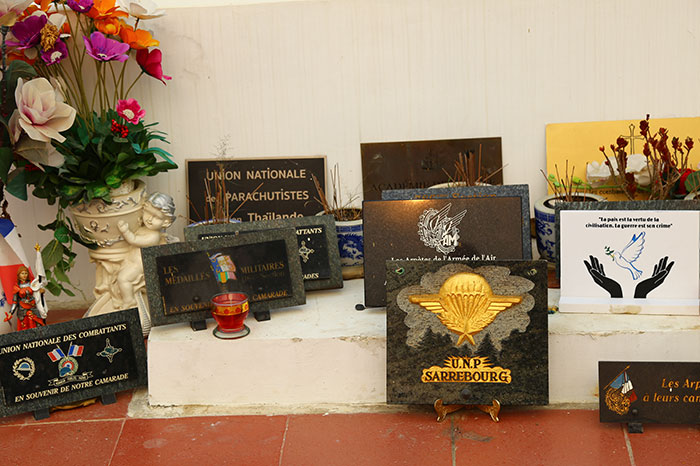
- Not far from there, returning to the city centre and the central market, you can take the old Bailey bridge which spans the Nam Rom river and allowed the passage of tanks.
Between these various places, you can see here and there artillery pieces, large guns and old tanks.
Exploring the Dien Bien Phu campaign
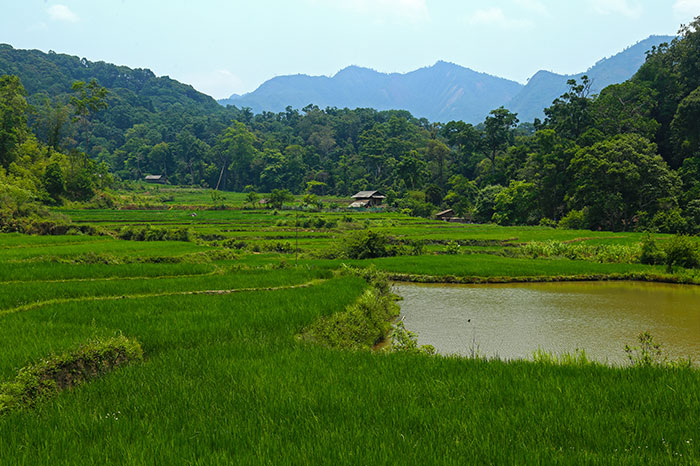
Dien Bien Phu is the largest rice valley in North-western Vietnam. At the foot of the hills, the rice fields stretch as far as the eye can see. It is a real pleasure to stroll through this beautiful countryside where nestle the villages of the Thai ethnic group, the majority in this region. The Thai people live in very beautiful traditional wooden houses on stilts and the women proudly wear their bun and their traditional costumes.
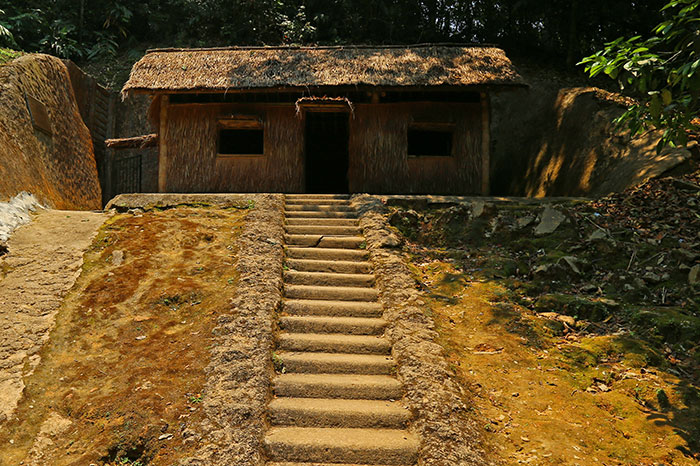
While browsing the countryside, you can discover other vestiges of the battle of Dien Bien Phu such as the command post of General Vo Nguyen Giap, great strategist of this battle, certain positions of the Vietminh artillery and memorials paying tribute to the soldiers Vietnamese fell in the field of honour.
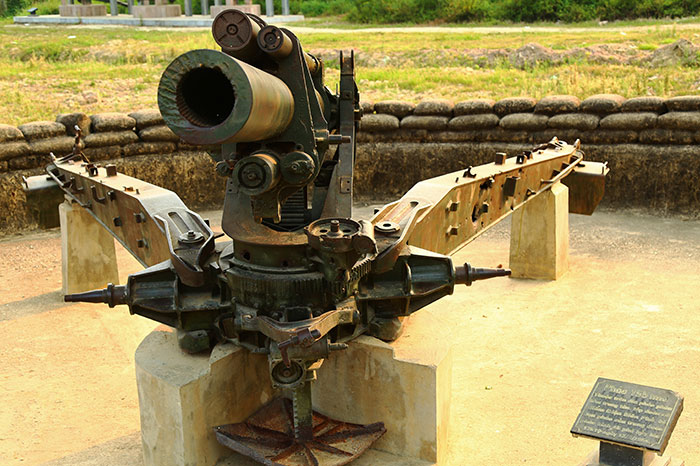
Best season:
We recommend that you go to Dien Bien Phu from April to the end of November. In May, you can attend the commemorations of the victory of Dien Bien Phu.
Related articles:
>> Visit Dien Bien Phu, travel guide
>> Dien Bien Phu and top 10 things to see and do in Dien Bien
>> Cao Bang Vietnam, a captivating region off the beaten track
Comment
Other Blog
Categories
Latest News
on 27 Apr, 2023      
on 15 Apr, 2023      
on 28 Mar, 2023      
 Español
Español Français
Français






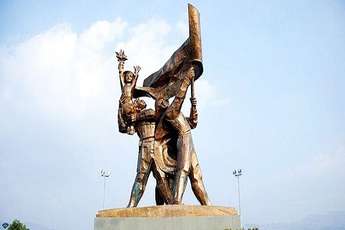
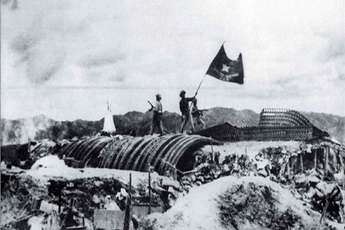







F
on Jan 3, 2024Igor Mozetic
on Apr 8, 2023Ira Beale
on Feb 10, 2023Phạm Phú Toàn
on Jan 28, 2023Max Stover
on Jan 11, 2023